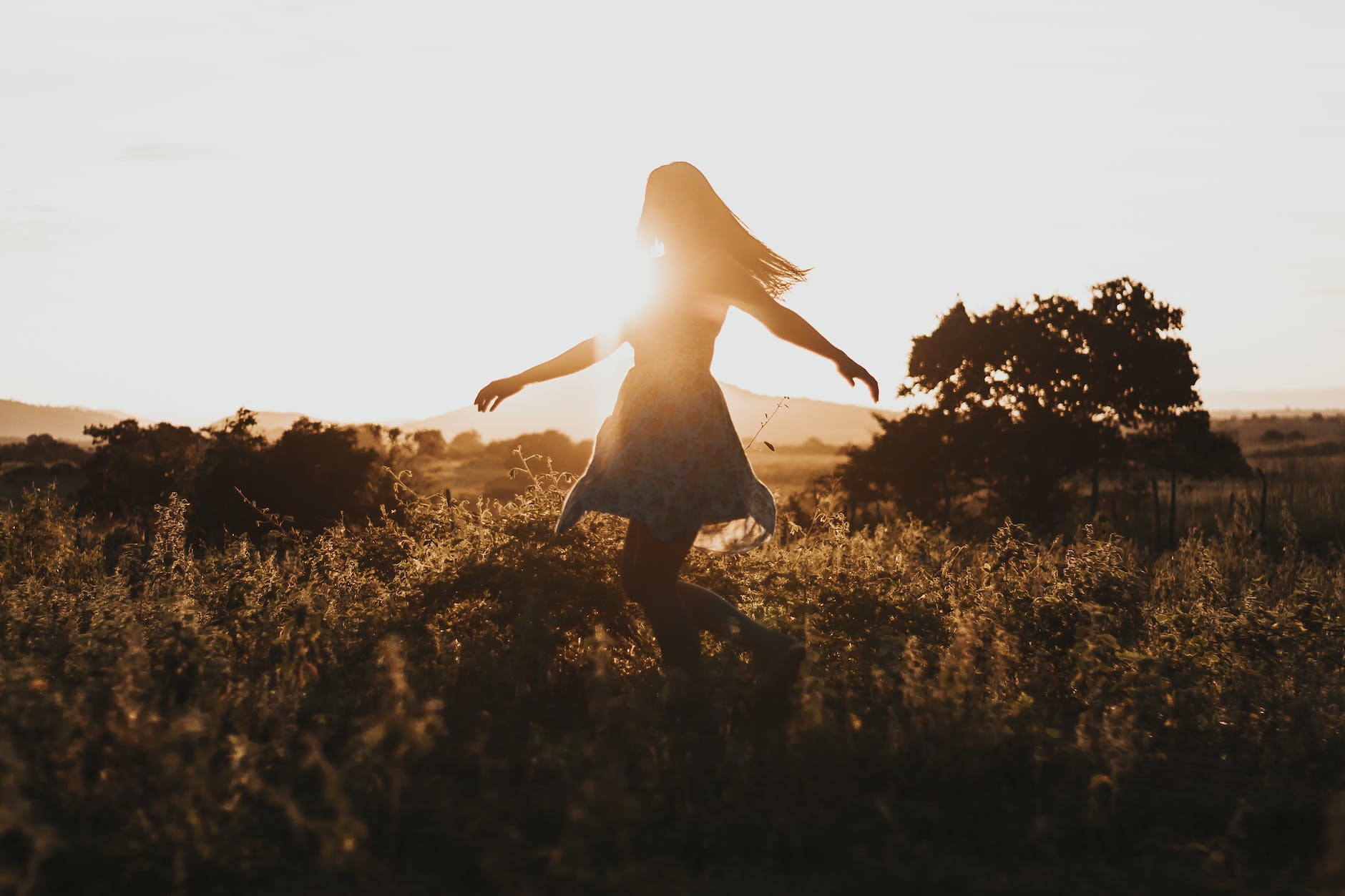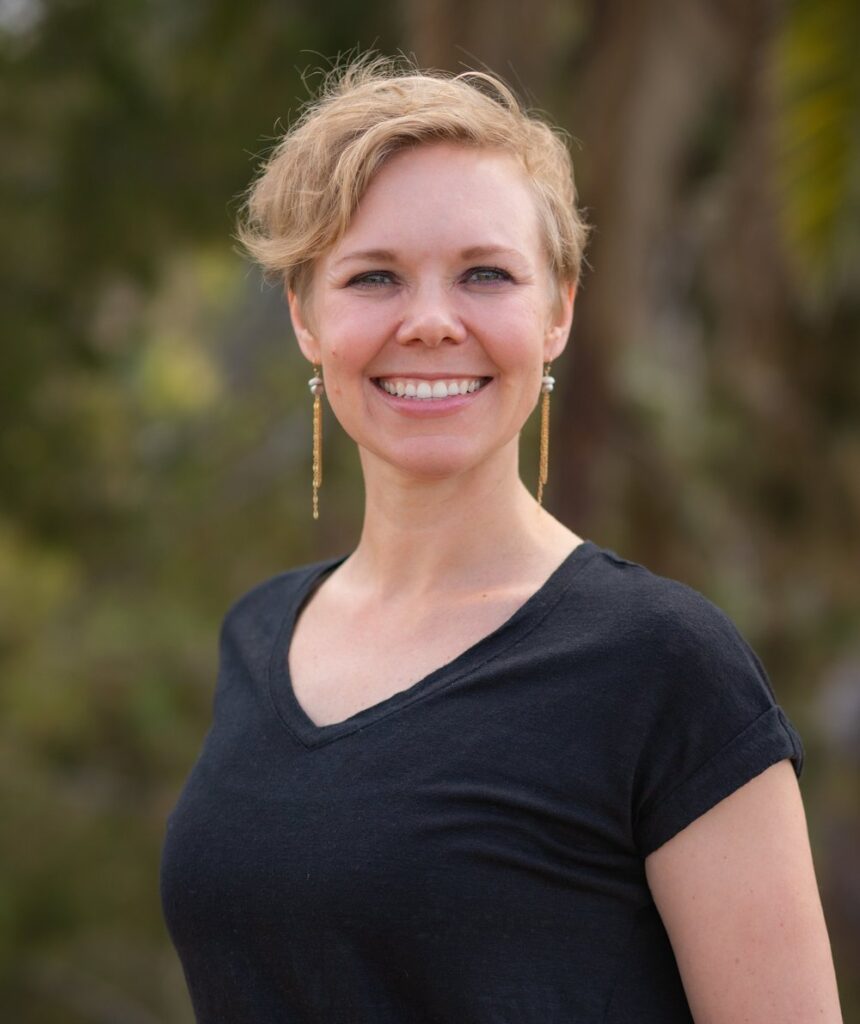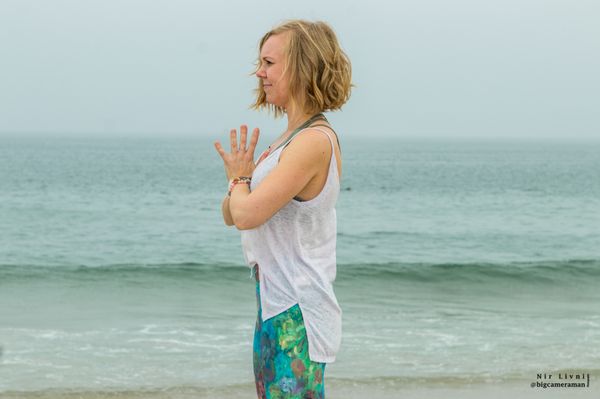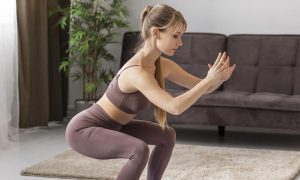Often times in dance, we can be very goal-oriented. We’re perfectionists, always striving for a better line, one more turn, a little longer of a balance. And sometimes we get frustrated when it feels like we aren’t achieving those things. Studios can get a bit insular when your day is spent studying yourself in the mirror.
So today we’re going to step outside of the studious studio mindset and remind you of something: you’re human! All that training you do? It has effects that can’t be seen onstage; your family, friends, classmates and coworkers see it sooner than an audience member would. Truth is, dancing doesn’t just make you a better dancer, it helps make you a more informed, creative, and well-rounded person.
We touched base with Board Certified Dance Movement Therapist Sara R. van Koningsveld to hear how she uses dance in her therapy practice to benefit her clients. On top of her BC-DMT certification, she is also a Licensed Professional Clinical Counselor (LPCC), a Graduate Laban Certified Movement Analyst (GL-CMA) and registered yoga teacher. She has a deep understanding of how and why movement helps us be better humans.
Dancers have our own theories. It’s hard not to dance an exercise on one side, then the other, then reverse it and not feel at least a little smart. We count ourselves to be team players when synchronizing corps de ballet choreography or mirroring fellow dancers. Creative problem solving is practically our job, especially when choreographing. Our time management tends to be on par with the best and busiest. We pride ourselves on being hardworking. Partnering encourages empathy and a sense for consent. These skills are all byproducts of the cognitive, physical, social and emotional awarenesses that van Koningsveld helps her clients access and build.
Van Koningsveld defines DMT as “the integration of body and mind, through movement.” And it isn’t limited to dance – “Movement can sometimes look more like mindfulness practices, such as walking or breathing, and/or self-awareness practices focusing on the sensations of the body.”
Some of what van Koningsveld says of DMT supports dancers’ hunches about dance sharpening their cognition and other skills. And some of it points to a lack of awareness – such intensively physical training can sometimes put the emotional and mental benefits of movement on the back burner. When we get so wrapped up in the technicality and performance of dance, we may miss out on some of its natural benefits. So van Koningsveld is here to help us reconnect with the (not so simple) foundations of movement. Let’s start with what dancers do well. We’ve got coordination literally from the tops of our head to the tips of our toes. “In dance/movement therapy, as well as other mind-body professions, we call this physical intelligence or body awareness ‘kinesthetic awareness,’” says van Koningsveld. “Kinesthetic awareness is one of the main elements of my DMT practice, because from that awareness change is possible.” Our kinesthetic awareness is well honed; we practice it daily. When a move doesn’t feel right, we practice and adjust until it does.
But we make that change in our physicality for aesthetic purposes. What about changing our physicality for emotional purposes? Here’s something dancers could build on. “For a very simple example, you notice butterflies in your stomach. Do you like them, or do you not? Are these butterflies for excitement, or is it anxiety? As a DMT client, you get to make that decision for yourself, and then decide what to do about the butterflies. We may move the butterflies or watch the butterflies. Either way, we are building kinesthetic awareness. Your body is giving you information about your current emotional state through your physical state.”
Van Koningsveld explains that Laban-Bartenieff technique takes kinesthetic awareness even further, building concepts of “body knowledge” and “body prejudice” from it.
“At any time, we can try on new movements and choose to either become conscious or remain unconscious about them. Here is another short example. In (western) culture, we do not typically bow when greeting someone; we are used to shaking hands. Imagine being in a situation where a bow is customary – we try on bowing to greet someone, and maybe it makes us uncomfortable. But do we notice that discomfort, or do we just continue about our day? To expand our body knowledge, we would acknowledge the discomfort, get curious about it and expand our self-awareness about why it’s uncomfortable. Is it because it’s something I don’t know? Or is it because I have problems with bending at my hips? We get to explore what makes bowing to someone feel so uncomfortable – physically, mentally and emotionally. Ignoring that sensation, ignoring information our bodies are giving us when we move in a new way, would lead to or reinforce body prejudice.”
With all the kinesthetic awareness we engrain in ourselves for dance, we can apply that awareness to our world outside of the studio. We can pay attention to our physicality and foster our body knowledge, gain insight through our body into how the environment around us is affecting us, and either change our environment or change how we’re interacting with it. We can notice other people’s physicality, and help them feel more at ease or included. All through understanding how physicality links to emotionality and mental health.
For such a human capability, it feels almost like a superpower. Does it sound too ‘out there?’ What if you paid attention to what constitutes the absolute best hug, how it feels to be wrapped in the most comforting embrace you can imagine? That kinesthetic awareness, that almost choreographic understanding of an everyday gesture, can help you provide that comfort to other people.
Professional dancers of this day and age are considered athletes, and rightly so. But thinking solely in physical terms can limit the benefits movement has to offer. Dance is also emotional and creative. Of course moving your body has physical benefits, but it also gives you a sense you can tap into that provides feedback on how you feel. So every so often, dance outside of the mirror, and instead of thinking about how it looks, notice how it feels. If you’re looking for guidance on how to hone that superpower, talk to a Dance Movement Therapist like van Koningsveld about using DMT to care for your mental health, or even just to learn more about yourself.
By Holly LaRoche of Dance Informa.

















